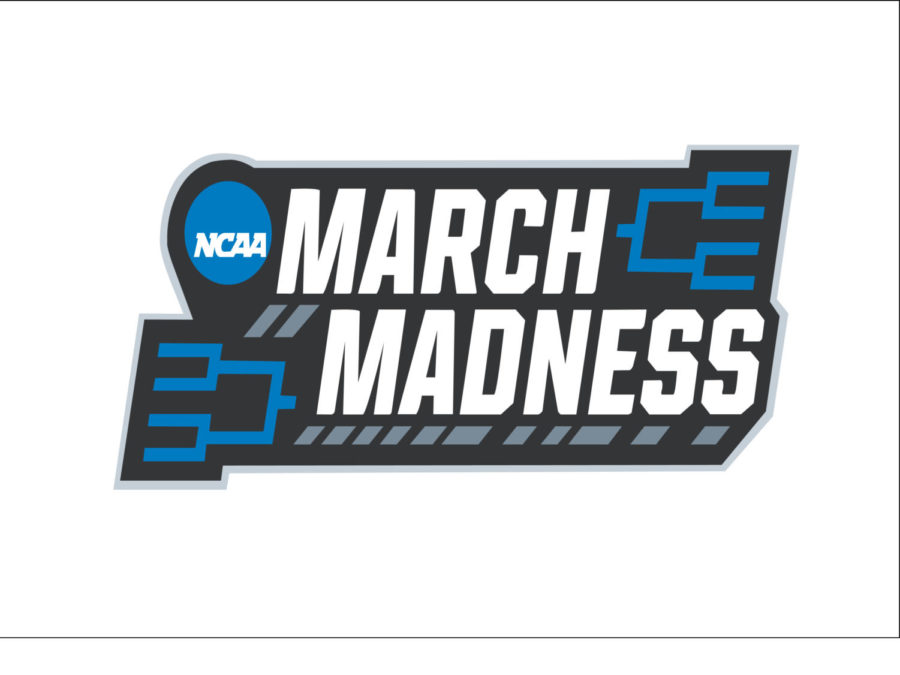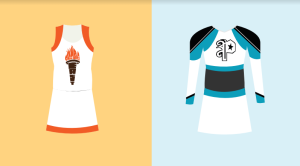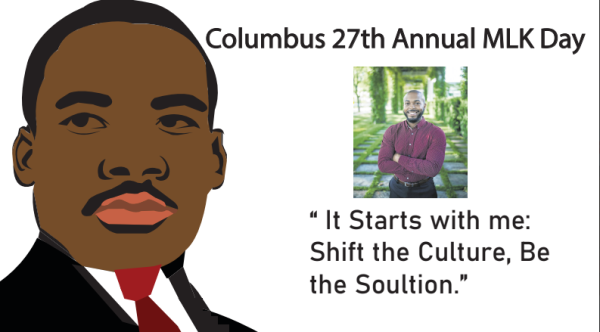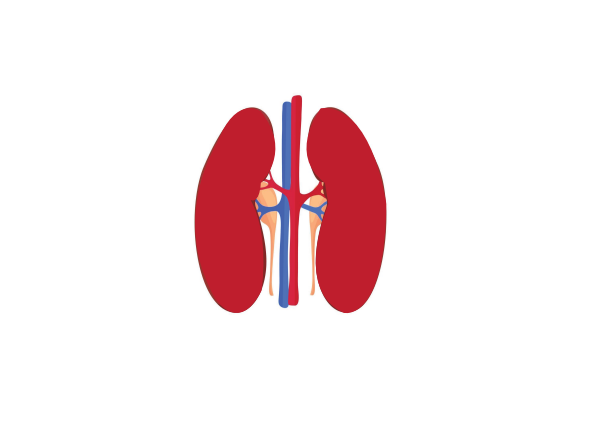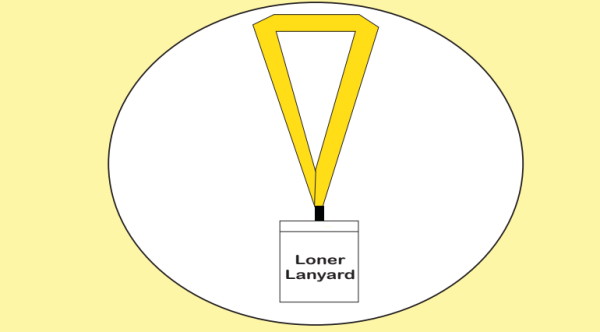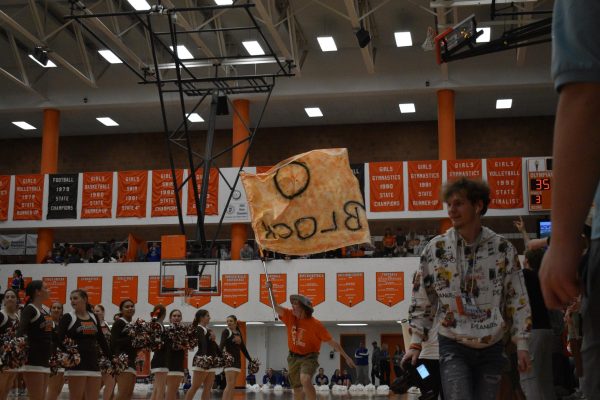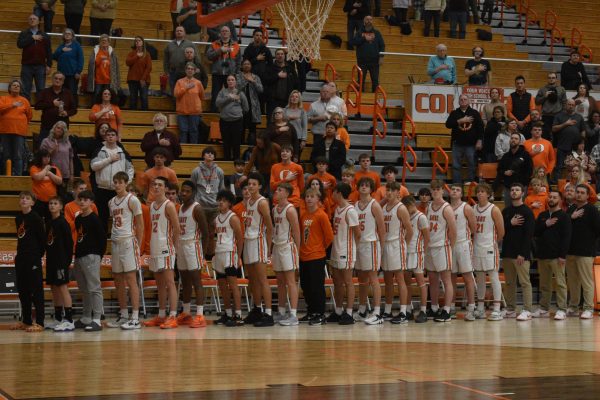Basketball Fever
April 9, 2019
Every year, when spring comes closer and closer, a basketball frenzy begins for an entire month. This 63 game tournament is known as March Madness. With over millions of brackets being made, the chances of a perfect bracket is unlikely but possible.
Before the condition known as “March Madness” afflicted the NCAA fans, the term was first used in the state of Illinois. A boys high school basketball tournament was held annually sponsored by the Illinois High School Association. At first the small invitational began with only a few schools but ended up growing with over 900 schools participating. The assistant executive secretary of the Illinois High School Association, Harry V. Porter, decided to write an essay about the event. Porter published his essay in the IHSA’s journal in 1939 and entitled the article “March Madness”. This was the beginning of the iconic term.
The first NCAA tournament was in 1939 and has occurred each year since then. However, the term did not appear in the NCAA until 1982. CBS broadcaster Brent Musburger used it while covering the tournament and was used by the NCAA from there on.
A lot of high schoolers are very invested and obsessed with March Madness, including many East students.
“March madness is so special because as we see almost every year that any team has a chance. And people get so hyped over it because no matter what team they like, their favorite team could move farther through the tournament,” sophomore Chase Jones said.
Jones makes a bracket every year even though he doesn’t usually watch college basketball.
“I make a bracket because while I don’t love college basketball, it gives me a chance to watch some good games and have fun with my family,” Jones said.
Like the majority of bracket creators, their brackets end up busting either during the first or second round. Sophomore Benjamin Major’s bracket busted in the first round in the Marquette versus Murray State game.
“I was pretty frustrated because I was confident going into the tournament that I had a good bracket. I watch a lot of college basketball so I determined the winners for my bracket based on which team I felt were playing well and are the better team,” Major said.
Sophomore Margaret O’Connor had high hopes that her favorite team, Purdue, was going to make it to the Final Four. A lot of brackets broke when Purdue won against Tennessee in the Sweet 16.
“Next year I’ll probably have to watch more than just the Purdue games to get a better bracket,” O’Connor said.
With March coming to an end and the final game of the tournament being broadcasted April 8, the hopes of redemption for next year is already underway.


